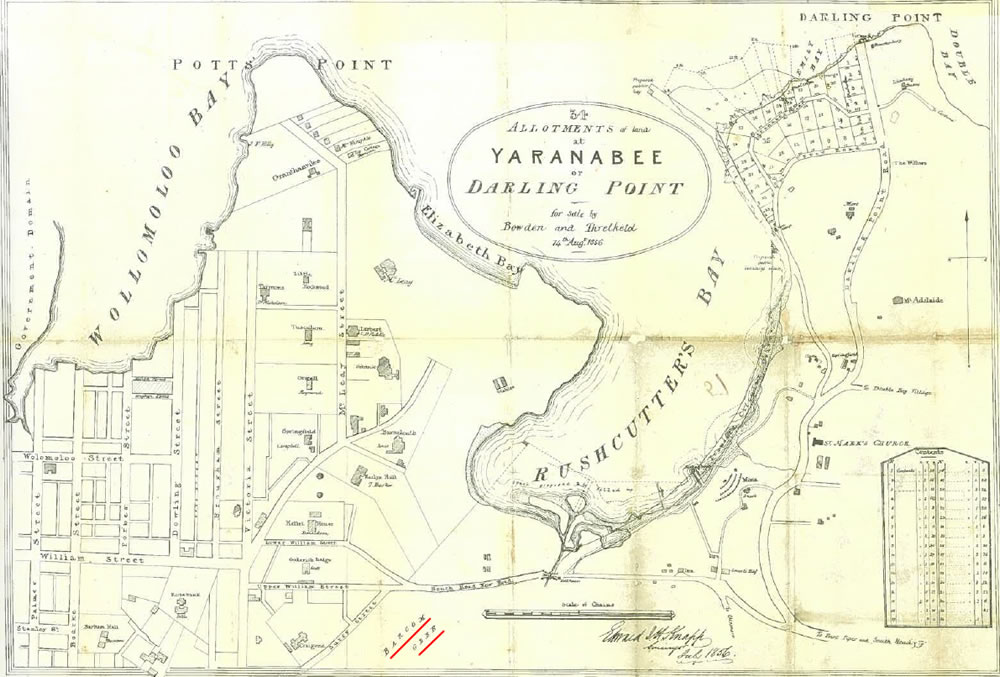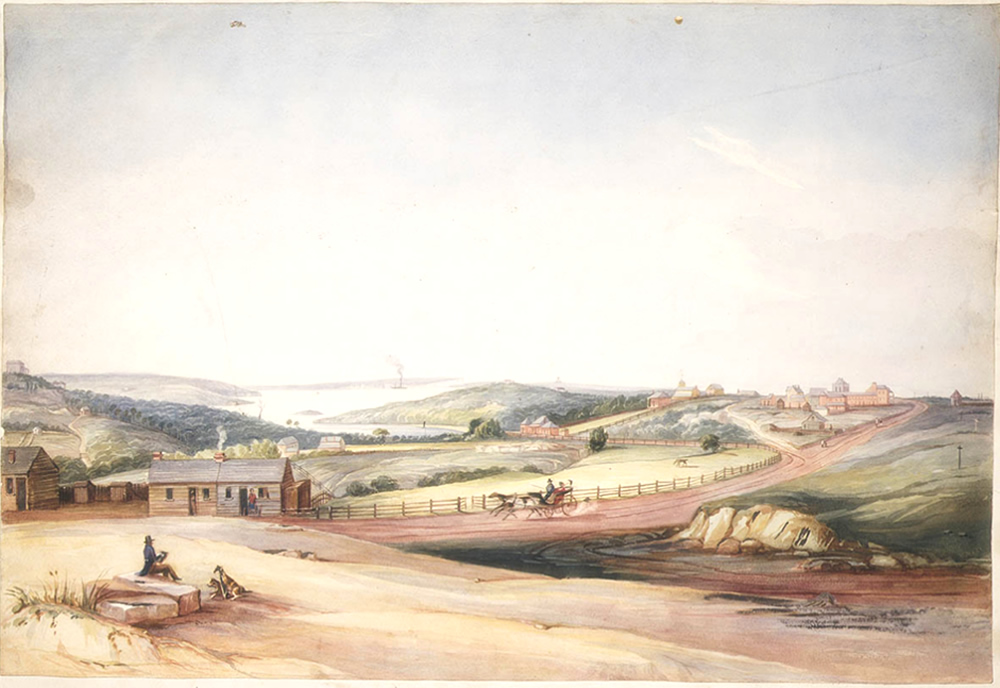The WEST FAMILY
Thomas West, Barcom Glen, Sydney Town
On 10 June, 1801 HMS Earl Cornwallis arrives Sydney Town with 323 ships crew, free men and women,convicts and children after 204 days at sea.
Thomas West was just 28 years old on arrival at the new settlement to begin his penal servitude. He received his pardon 24th December, 1813 for services to the colony.

Convict Ship - HMS Earl Cornwallis

Thomas West of Barcom Glen in old age.
Home life may have been relatively free, but
convicts were here to be punished through isolation and hard work. At sunrise
each day, the men went out to begin work at 7am in their government gangs,
working outdoors or in the Aside: lumberyard
workshops, or serving private masters. At 8am they took a break, then continued
their work from 9am – cutting trees, sawing timber, pulling carts, splitting
shingles, making bricks, tools and nails, making wheels, doors, windows and
furniture, making rope, forging tools and leg-irons, tailoring and shoemaking,
quarrying sandstone and building. From the government dockyard, the sounds
of sawing and hammering carried over the water, as carpenters, caulkers and
shipwrights repaired ships and built boats, and labourers set up storehouses
and unloaded supplies from ships.10 A few educated convicts, like Profile:
James Hardy Vaux, were given enviable government desk jobs.
At 2.30pm the bell rang, and the convicts stopped work.11 Many convicts didn’t mind the government ‘task work’ system, because if they worked hard they could complete their jobs early and get on with doing extra work to put a few coins in their pockets. On Saturday they began government work early, but after 8am had the rest of the day for themselves. From private workshops at their homes in The Rocks, many convicts used their trades for their own profit. The smell of smoke and baking bread probably wafted over the village, as bakers and blacksmiths stoked their ovens and fires - baking bread and forging tools. They were joined by the butchers, barbers, cobblers and tailors who touted their trades in Sydney’s lively convict community.
Rushcutters Bay & Barcom Glen
Rushcutters Creek, which flowed through pools and cascades down to the bay, is now buried beneath Boundary Street, and there is nothing left of the bush and paddocks that lay along its banks throughout most of the 19th century. West's Creek flows in from the Eastern corner of the bay.
From the 1810s the western bank of the stream was owned by Thomas West and his family and was known as Barcom Glen or West’s Bush (Barcom Avenue Reserve was within this area). The Wests built a mill along the stream and also ran a dairy, grazing their cattle in the paddocks along the stream, but much of the estate remained a forest.
Aboriginal people used all of the bays of the harbour before the arrival of Europeans. Throughout the 19th century, Aboriginal people continued to fish these waters, and had a network of settlements which they used at different times. Barcom Glen was one of several Aboriginal settlements around Rushcutters Bay at different times, and appears to have been used until at least the 1860s. A track connecting the ridge of Oxford Street with Rushcutters Bay was known as ‘the Maroo’ and most likely followed the route of an Aboriginal walking track. A ‘Maroo’ (also spelled as ‘muru’) is an Aboriginal word for pathway.
We do not know the names of the Aboriginal people who lived at Barcom Glen, but most Aboriginal settlements around Sydney Harbour housed anything from small families to groups to 20 or more people, and were not permanently occupied. Barcom Glen gave Aboriginal people access to fresh water, and a dam built on the property in the early 19th century most likely attracted birds and animals. It was also close to the fishing grounds where Rushcutters Creek wound its way through mudflats to the bay.
Thomas West’s son Obed (1807-91) spent most of his life at Barcom Glen, and learnt about fishing and bush foods from its Aboriginal residents, as well as some of their language. Later in his life he recalled watching Aboriginal women fishing with hook and line and men with spears in Rushcutters Bay. Another local resident, Alfred Gelding (1858-1938), recalled seeing ‘many a corrobboree’ taking place at Barcom Glen, showing that Aboriginal people were still conducting ceremonial activities in the 1860s. Barcom Glen was also one of the places where Aboriginal people received government blankets at this time. This custom began in the 1820s, and from the 1840s was organised by a committee of ‘native born’ Europeans, many of whom lived in the city or eastern suburbs.
After the 1860s there are no direct records of Aboriginal people living at Barcom Glen, but we know that Aboriginal people continued to live elsewhere around Rushcutters Bay until the turn of the century, when most moved to the Aboriginal fishing village and mission at La Perouse.

Barcom Glen

Sydney, 1854 with Barcom Glen highlighted.

Rushcutters Bay, 1856 - Barcom Glen highlighted.

Old South Head Road (now Oxford Street) looking towards Rushcutters Bay, 1842.
Home ...Prologue....Sydney...Thomas....West's ...Arthur ...Keith ...Jean ...Contact Me